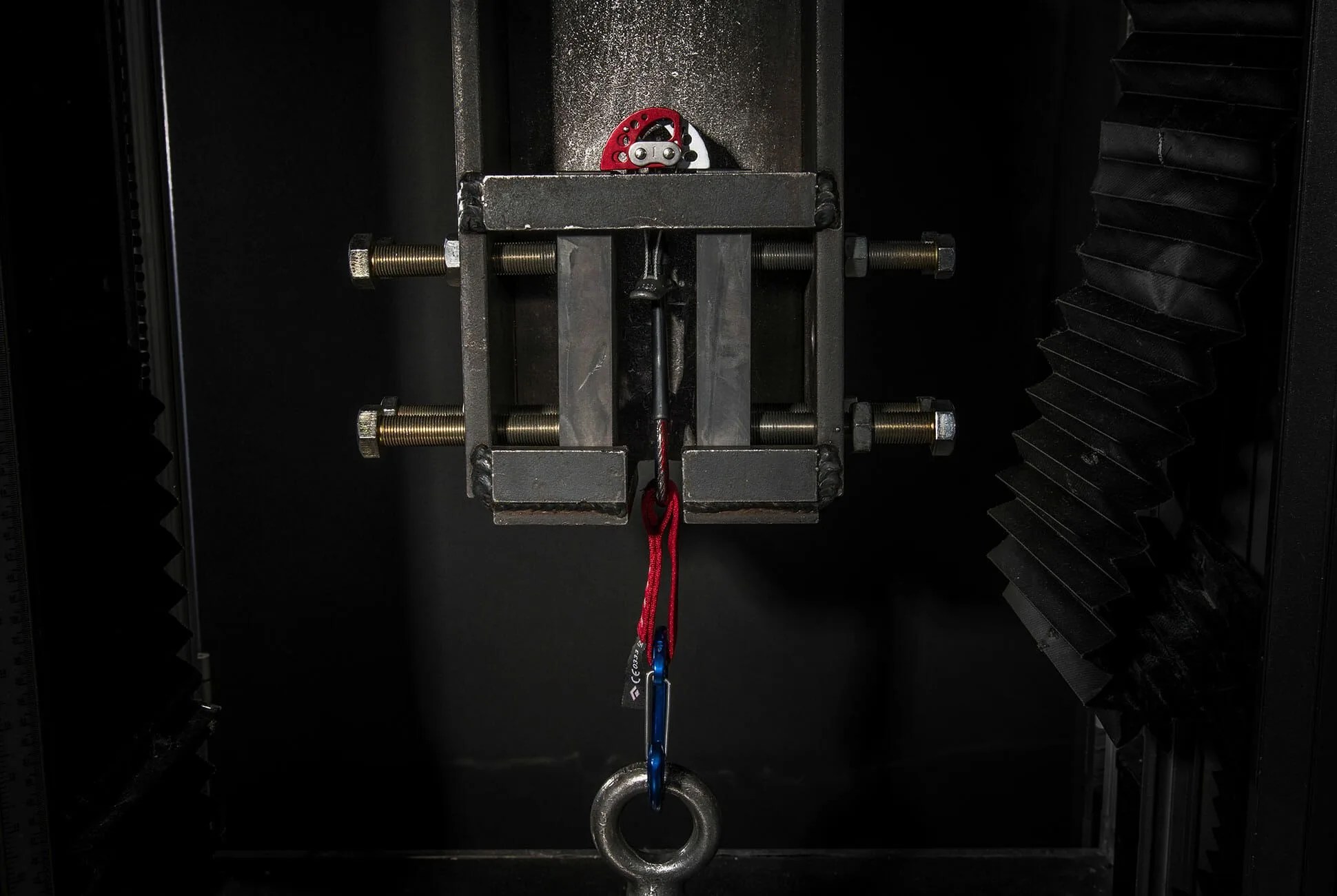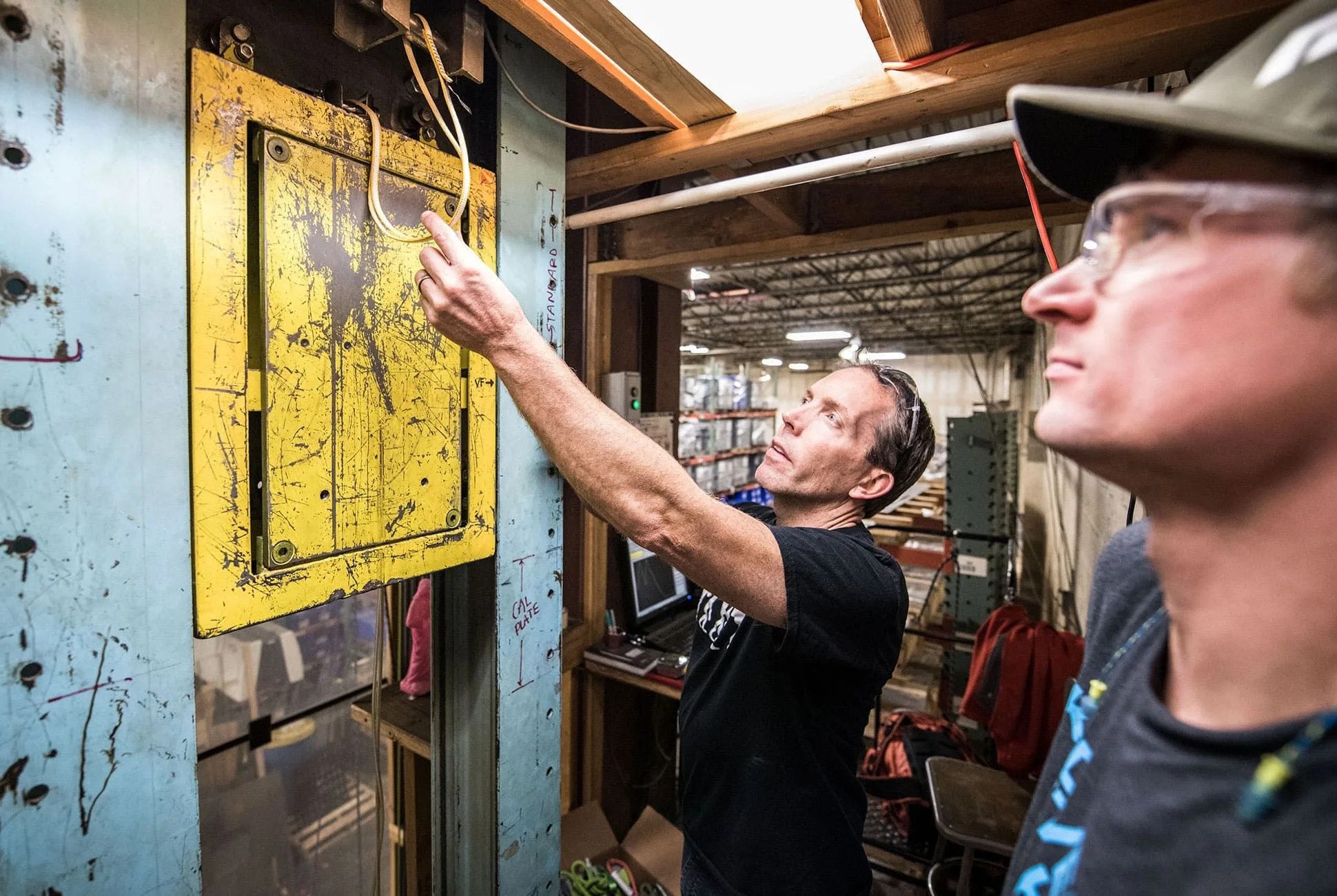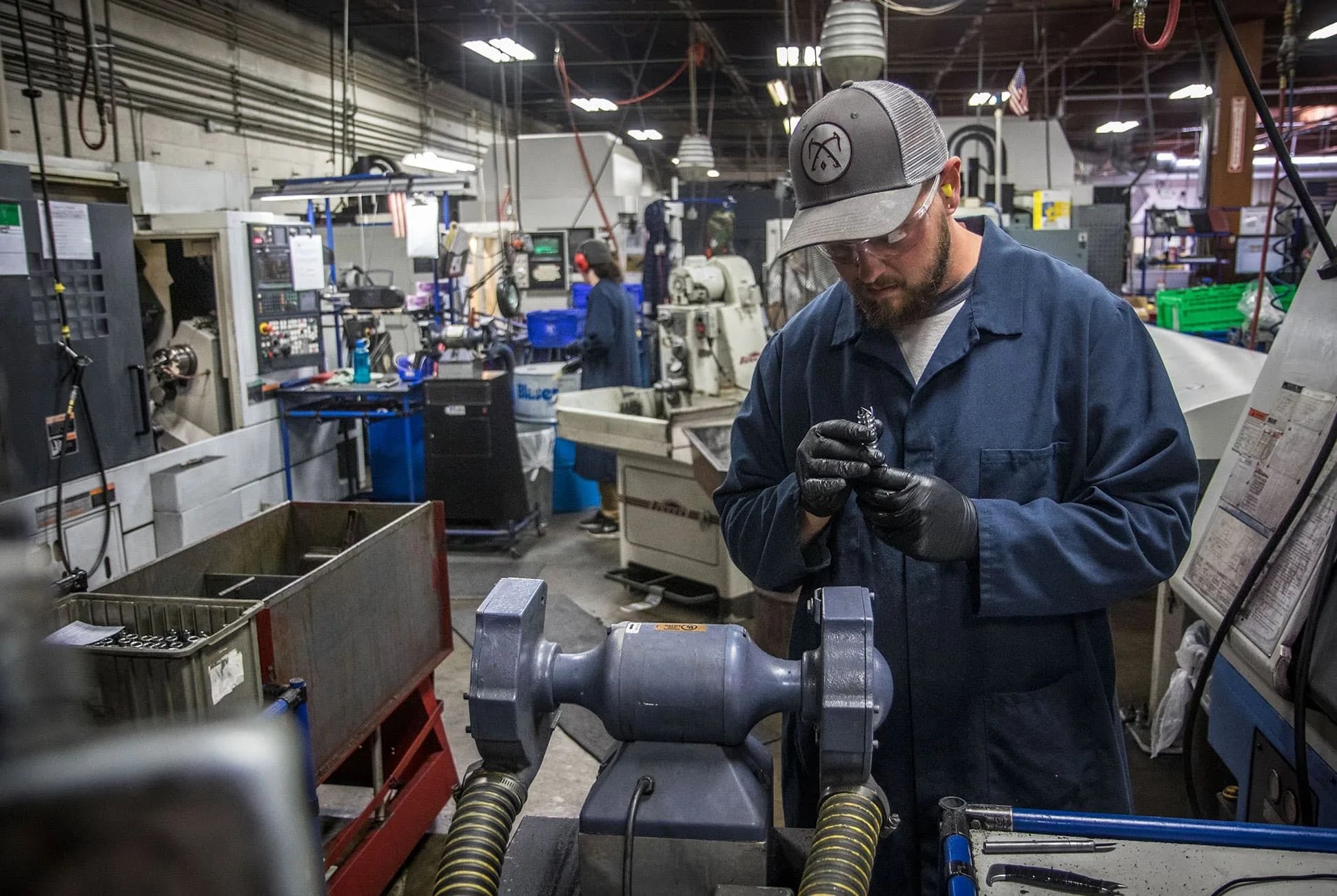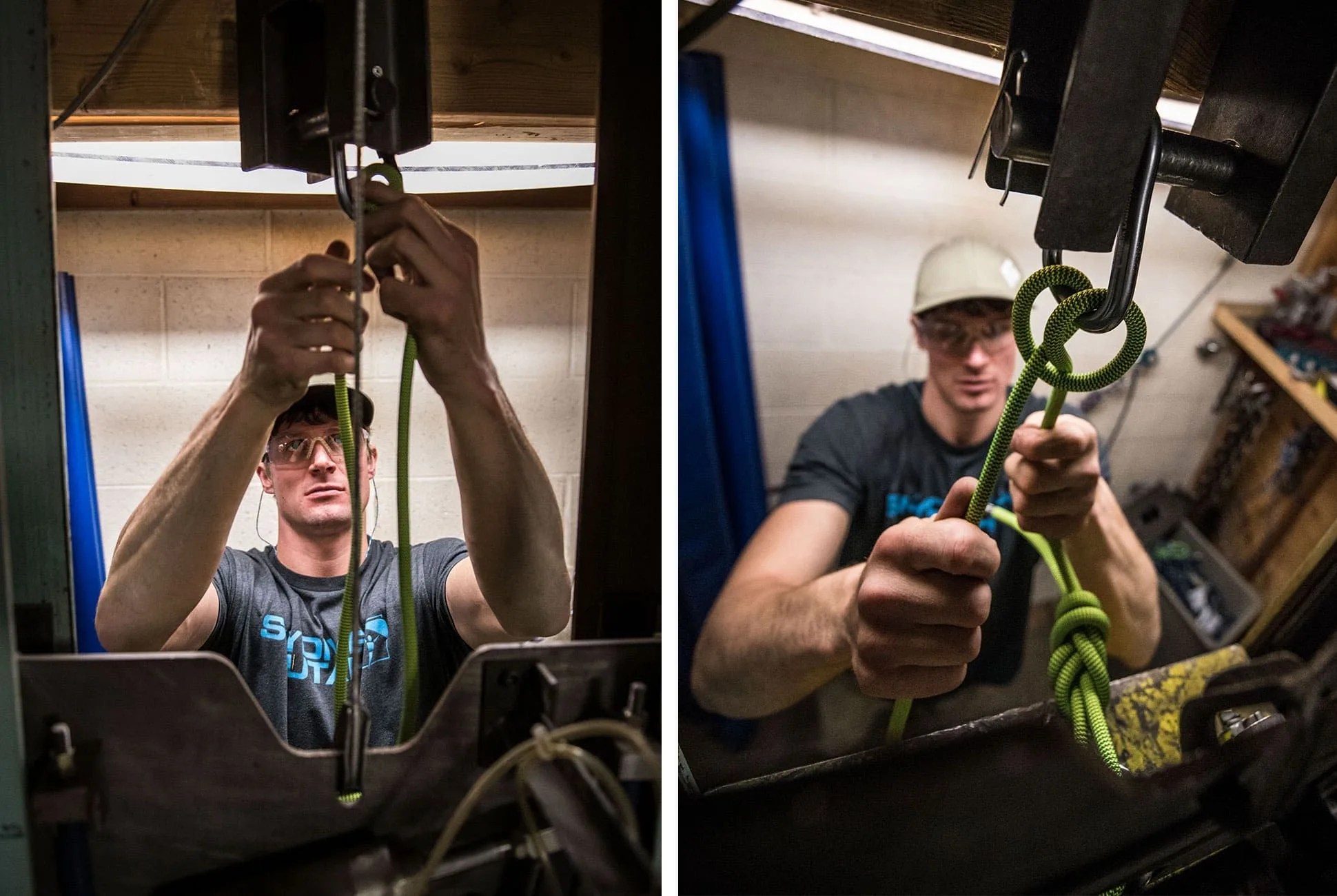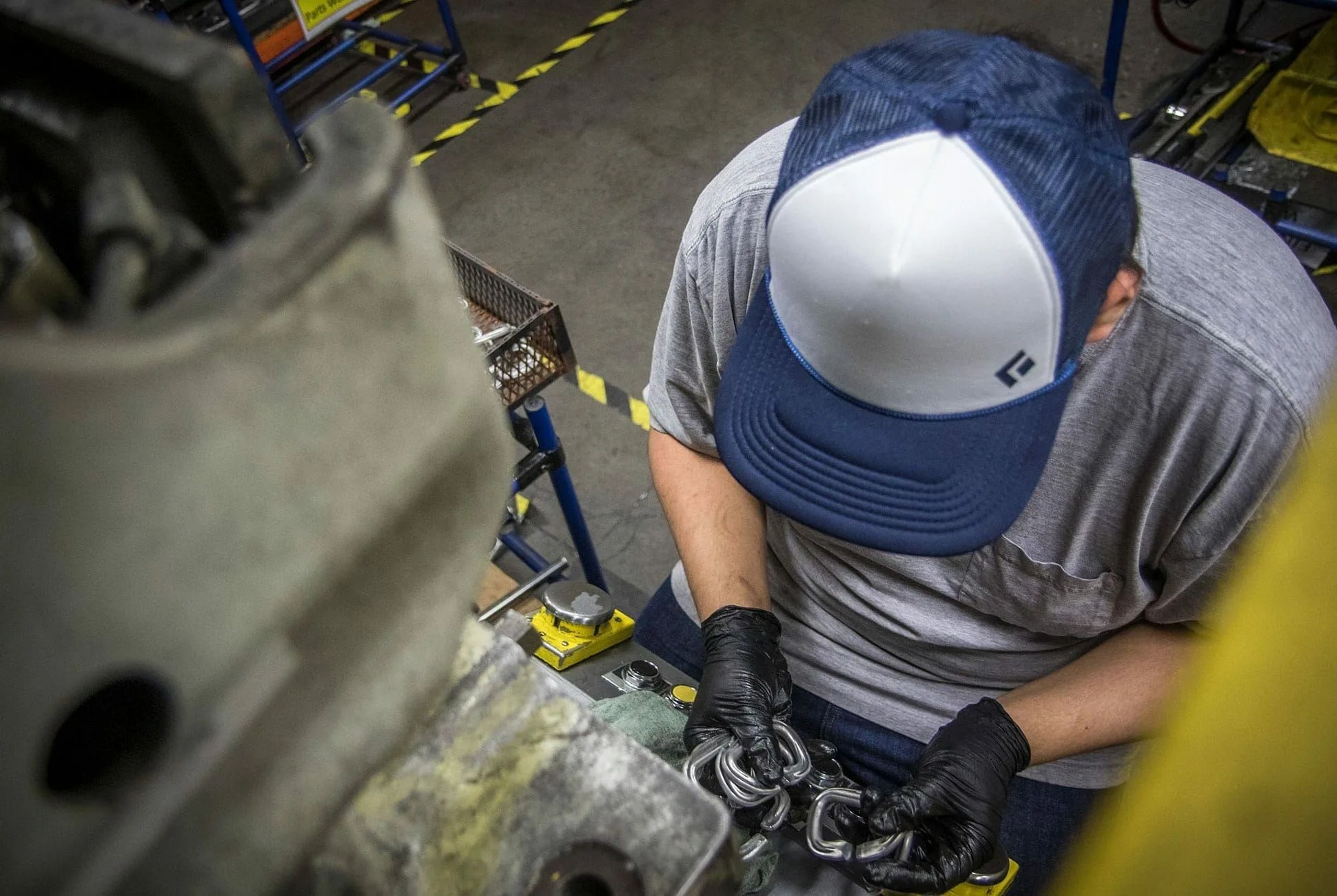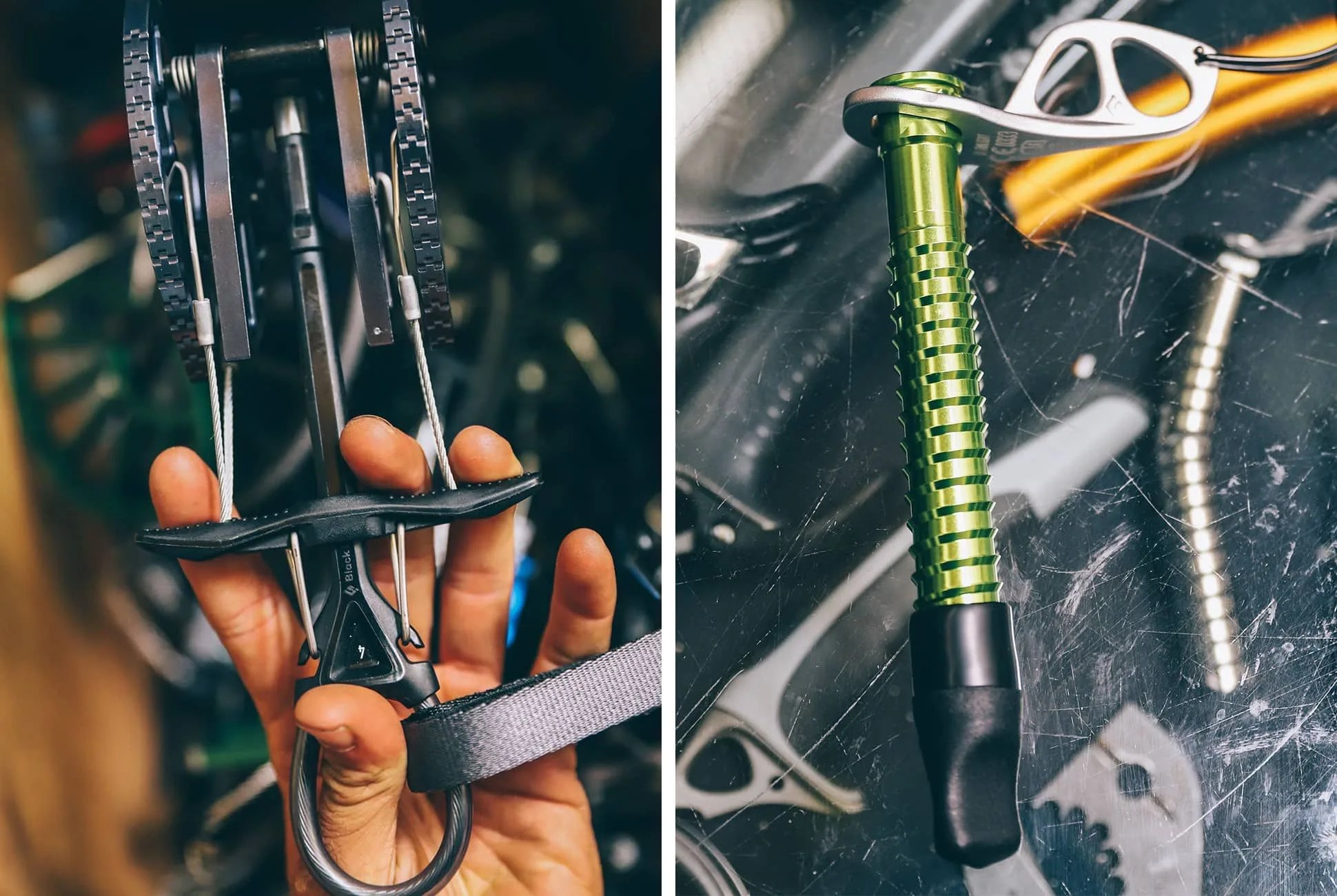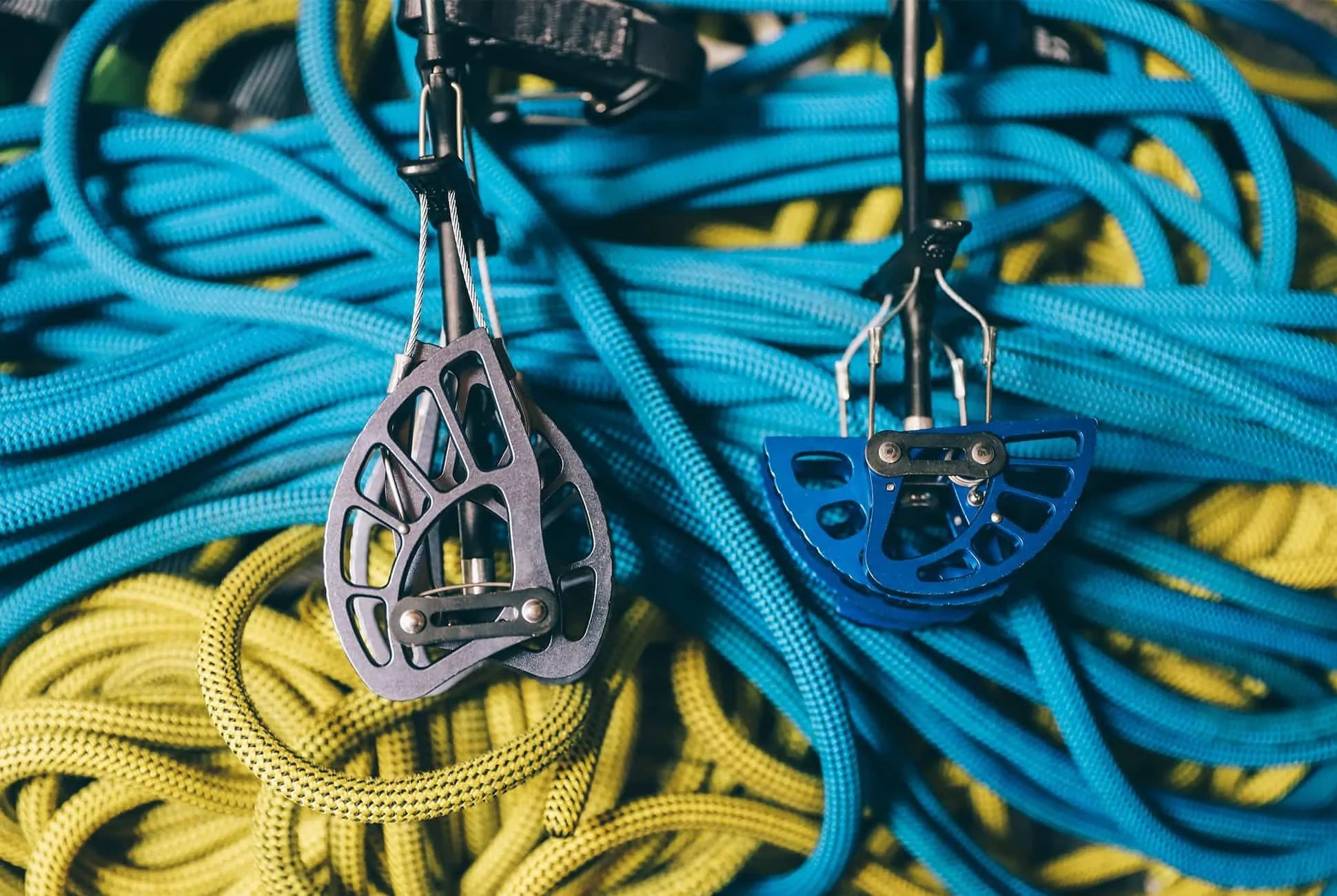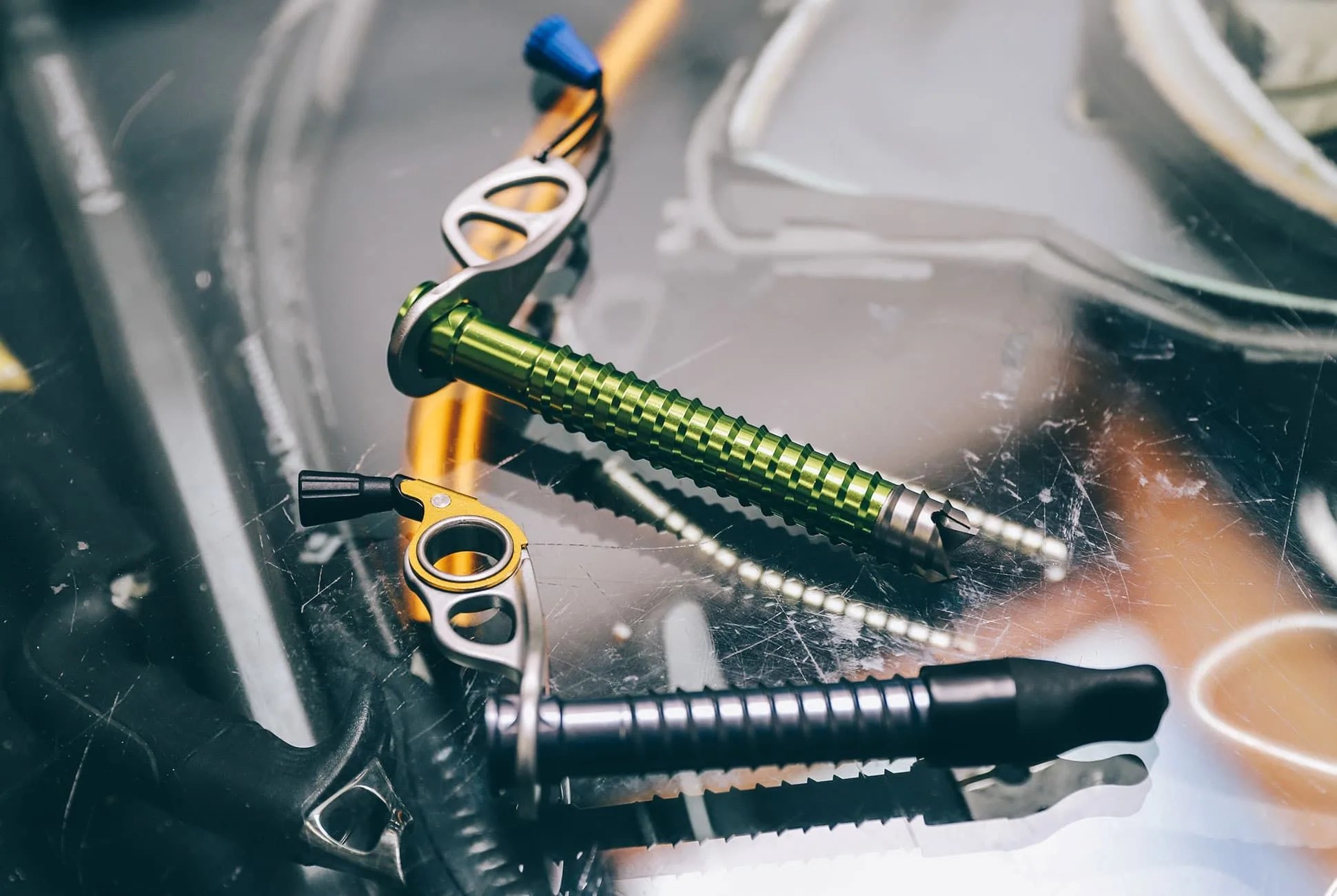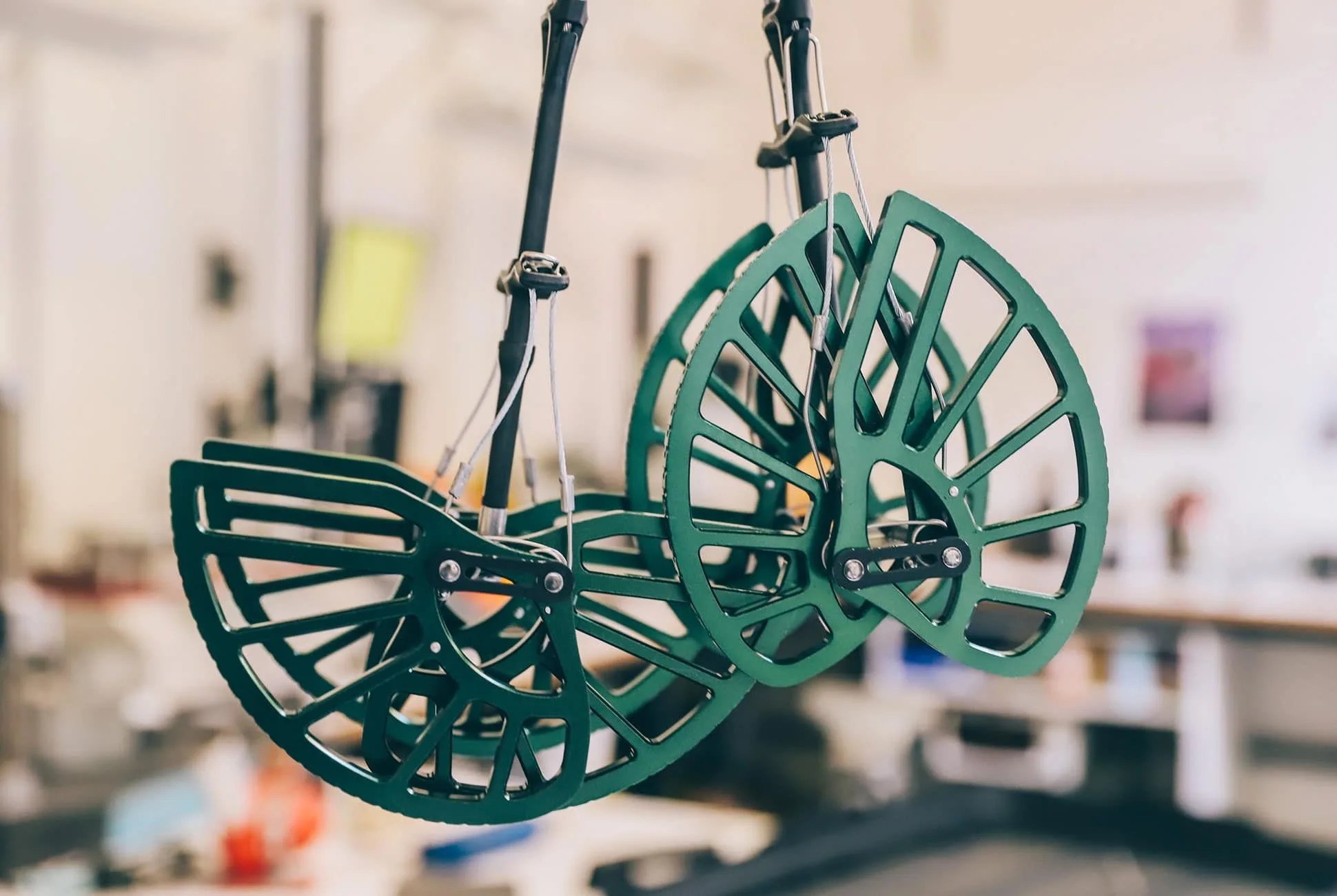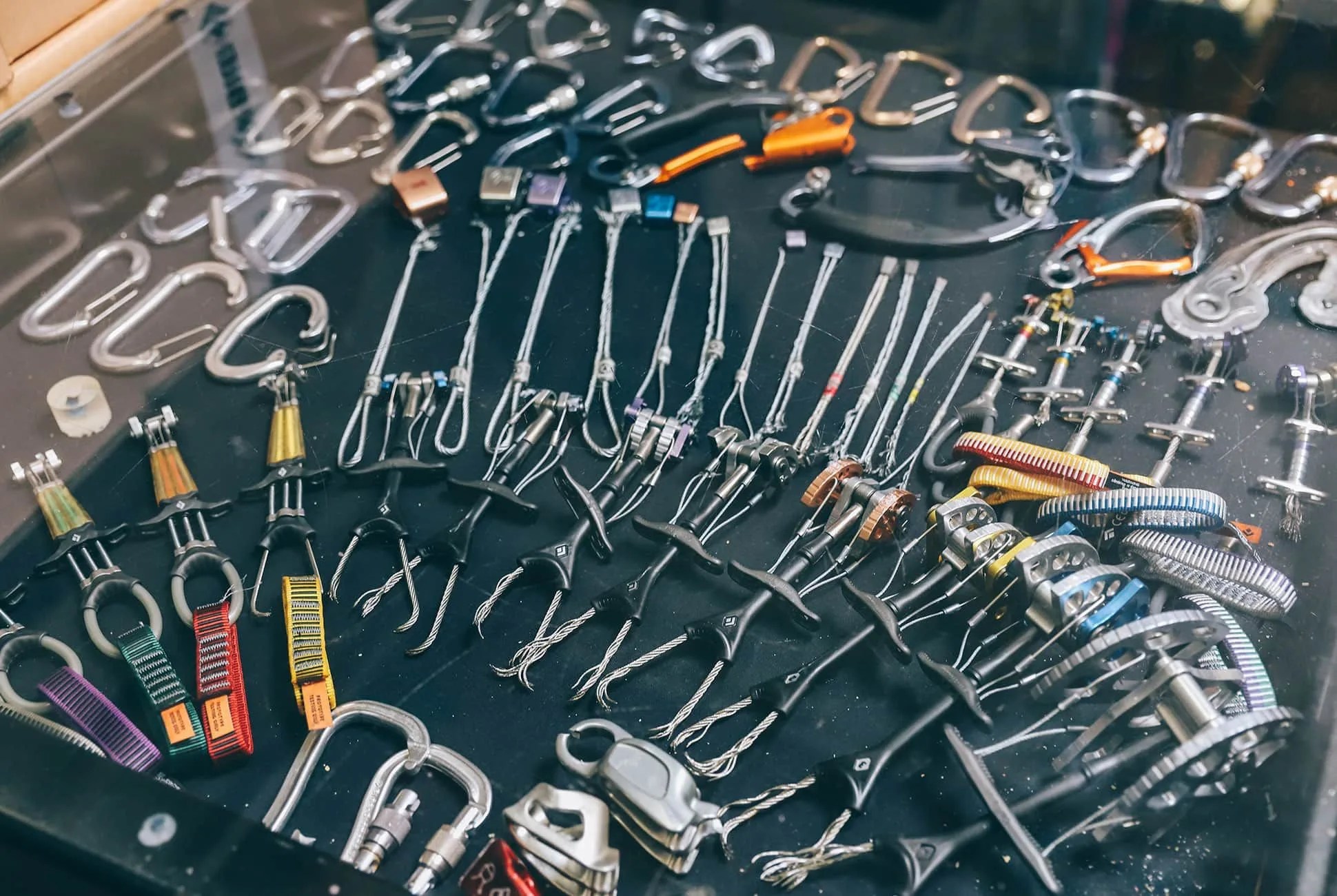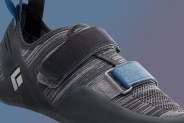5 photos
It seems unlikely that the next big idea would come from a junior designer. It seems even less likely that the world’s biggest climbing company would listen to said designer. But in 2015, when Black Diamond’s Climbing Director Kolin Powick was approached with a vision to make its flagship Camalot considerably lighter, he thought the idea was crazy – maybe just crazy enough to work. After two years of arduous design and development, Black Diamond introduced the Camalot Ultralight, an innovative update that shaved more than 25-percent of the weight off its existing line.
The original C4 line of Camalots has been updated only twice in the thirty years since its first release – the last update prior to the most recent one coming in 2004 – a testament to its initial brilliance. Camalots, for those outside the rock climbing world, are spring-loaded devices used to protect climbers from big falls, placed in cracks and secured with a carabiner to the rope. The real genius of the Camalot, or cam for short, comes in the lobes, which are designed with a logarithmic spiral shape. This shape results in a constant angle between the cam and the rock, providing more friction and a higher likelihood that it holds in place.
While the first three updates to the Camalot were focused on user experience, durability and weight – intuitive thumb loops, stronger metal cables and sculpted lobes, respectively – the fourth generation Camalot will be a top-to-bottom refinement of the industrial design. With rumors that the new C4s will hit shelves as early as January, I began to wonder what was driving new innovation at Black Diamond. How does the climbing powerhouse integrate the demands of a growing market, filling the needs of a new wave of climbers, while satisfying the establishment? Wanting to see for ourselves, I visited the brand’s headquarters to find out.
For context, Black Diamond has long been the industry standard for climbing gear such as harnesses, carabiners and belay equipment. Founded in the early 1950’s by Yvon Chouinard (of Patagonia fame) as the Great Pacific Iron Works, the company’s first products were steel pitons, made by hand and sold out of the back of a truck in Ventura, California and the campsites of the Yosemite Valley. After a lawsuit forced Chouinard to file Chapter 11 bankruptcy, Peter Metcalf bought the assets in 1991, renamed it Black Diamond, and moved the brand to Salt Lake City, Utah to be closer to the mountains. Sitting at the doorstep of the Wasatch Range has allowed Black Diamond’s engineers to test new products in some of the most rugged mountains in the country.
The brand’s headquarters has an open floor plan that’s filled with banter, stacks of prototypes and fast moving ideas. Its testing facility is in the same building, and a large part of manufacturing is downstairs, allowing engineers to be part of the entire process, from concept to commercialization. By keeping everyone under one roof, Black Diamond is able to improve quality, manage short production runs and test products faster. In a single morning, I was able to see Camalot prototypes get tested to failure, watch locking carabiners come off the production line and play with early prototypes of the newest Camalot. For those outside of the industry, few outdoor companies are this closely integrated.
The design teams are loosely organized by category – ski, climbing, apparel, mountain and so on – but most conversations flow fluidly between them. At Black Diamond, work and play are seamlessly integrated as one. What the designers do on weekends is a great way to test new gear. The designers at Black Diamond use the products they make on a weekly basis, before and after work and on weekends. This passion drives the company’s long standing standards of quality and innovation.

